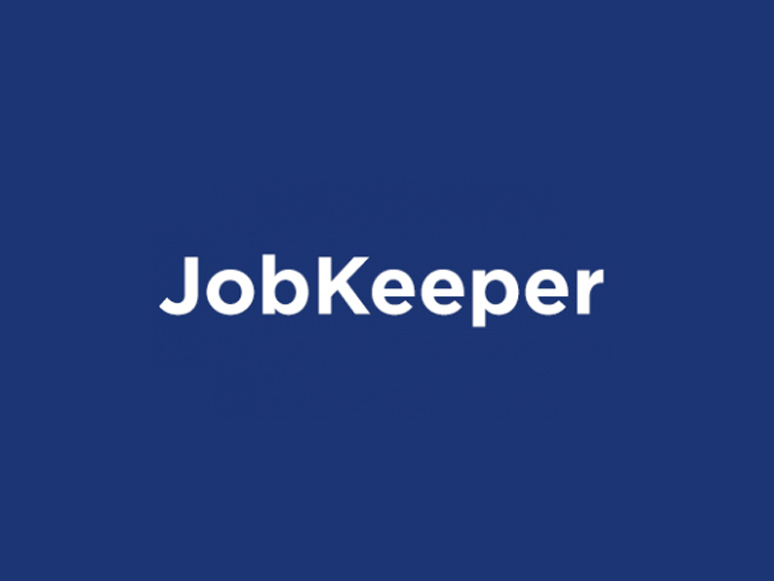The JobKeeper Payment scheme is now open to eligible employers, sole traders and other entities to enable them to pay their eligible employees’ salary or wages of at least $1,500 each (before tax) per fortnight. You can enrol for the JobKeeper Payment through the ATO’s Business Portal, in ATO online services using myGov if you are a sole trader, or through a registered tax or BAS agent.
There are special rules that enable sole traders (entities that do not have employees as such) to obtain the JobKeeper Payment.
The JobKeeper Payment scheme commenced on 30 March and will finish on 27 September 2020, operating on a fortnightly basis. Employers and eligible recipients must qualify on a (rolling) fortnightly basis.
Decline in turnover
Businesses (including sole traders and charities) must have suffered a “substantial decline” in turnover due to the COVID-19 pandemic to be entitled to the payment of $1,500 for each eligible employee.
The decline in turnover test requires you to measure the business’s projected GST turnover and compare it to a “relevant comparison period”. To be eligible, the turnover must have declined by:
- for ACNC-registered charities: 15%;
- for entities with turnover less than $1 billion: 30%;
- for entities with turnover greater than $1 billion: 50%.
Wage condition
Critically, it is a condition of entitlement that the business has paid salary and wages of at least the amount of $1,500 (before tax) to each relevant employee in the fortnight.
Employee conditions
An individual must be employed during a JobKeeper fortnight to be eligible for that fortnight (but does not need to be employed for the full fortnight). In addition, they must, as at 1 March 2020, be aged 16 or over, be an employee or a long-term casual employee (12 months of regular and systematic employment) and be an Australia resident for tax purposes.
The 1 March date is important, as it allows employees who were retrenched after that date but then subsequently rehired to be eligible for the JobKeeper Payment. However, if an employee was only engaged after 1 March, they are not eligible.
Eligible employees must have provided a notice to their employer agreeing:
- to be nominated by the employer as an eligible employee of that employer under the JobKeeper scheme;
- that they have not agreed to be nominated by another employer; and
- that (if employed as a casual employee) they do not have permanent employment with another employer.
An eligible employee who is employed by one or more qualifying employers will need to choose one employer that will receive the JobKeeper Payments.
Once an employee has nominated an employer, the employer has received JobKeeper Payments and has paid the employee, the employee cannot nominate a different employer. This includes where the employment relationship ends (although the ex- employee may then be eligible for the separate JobSeeker Payment).
Payment
The government will pay the JobKeeper Payment within 14 days of the end of the calendar month in which the fortnight ends. This means that the first JobKeeper Payment will not be made until (at least) the first week of May.


